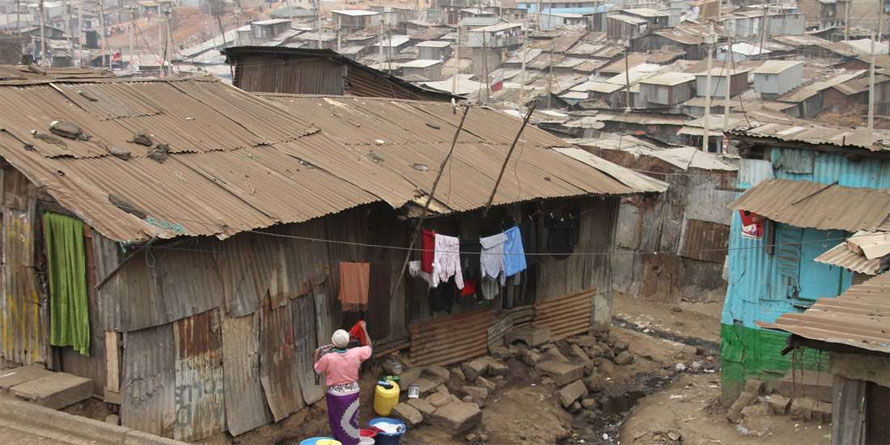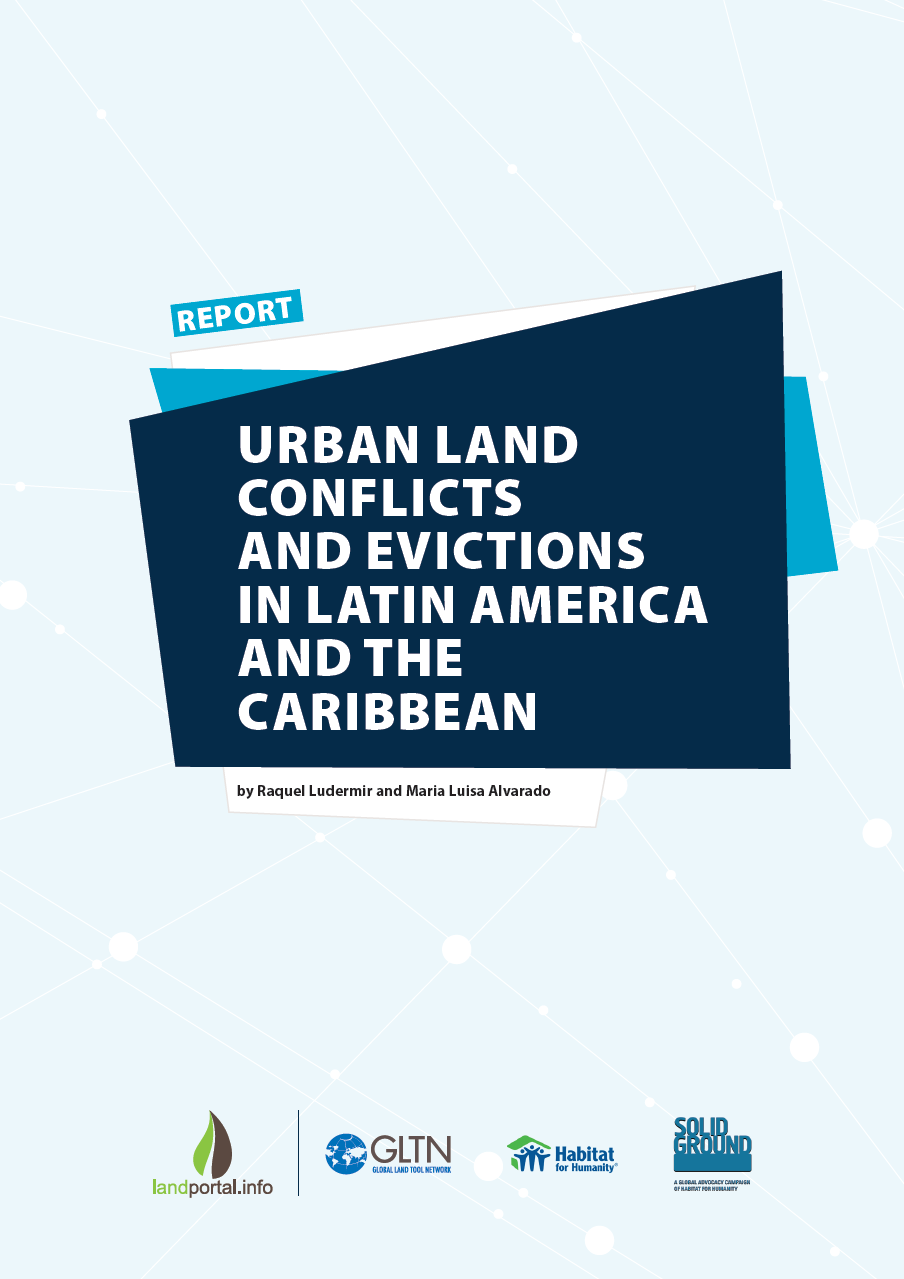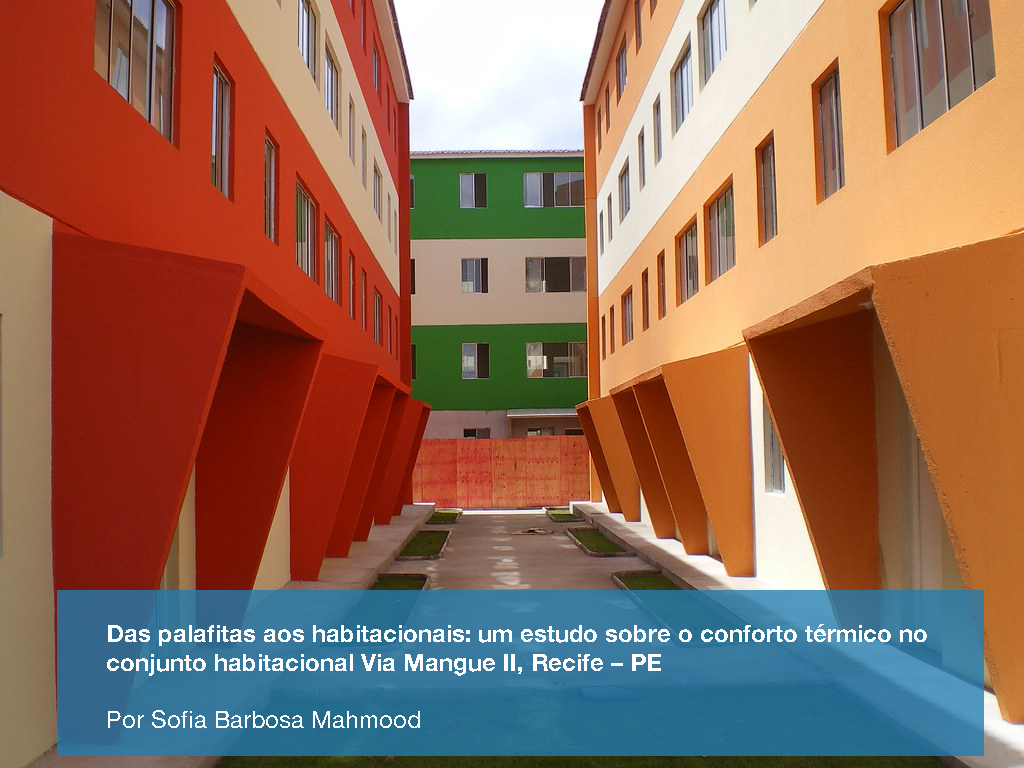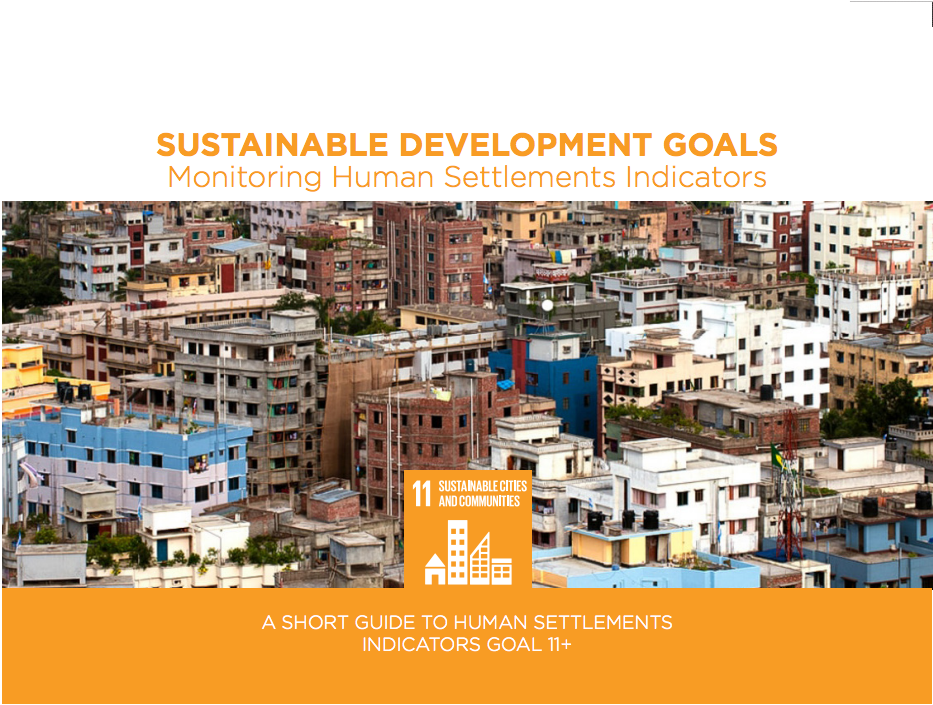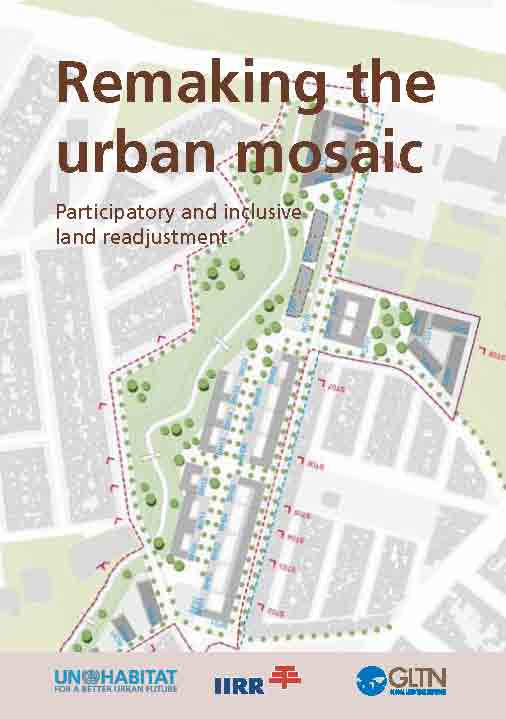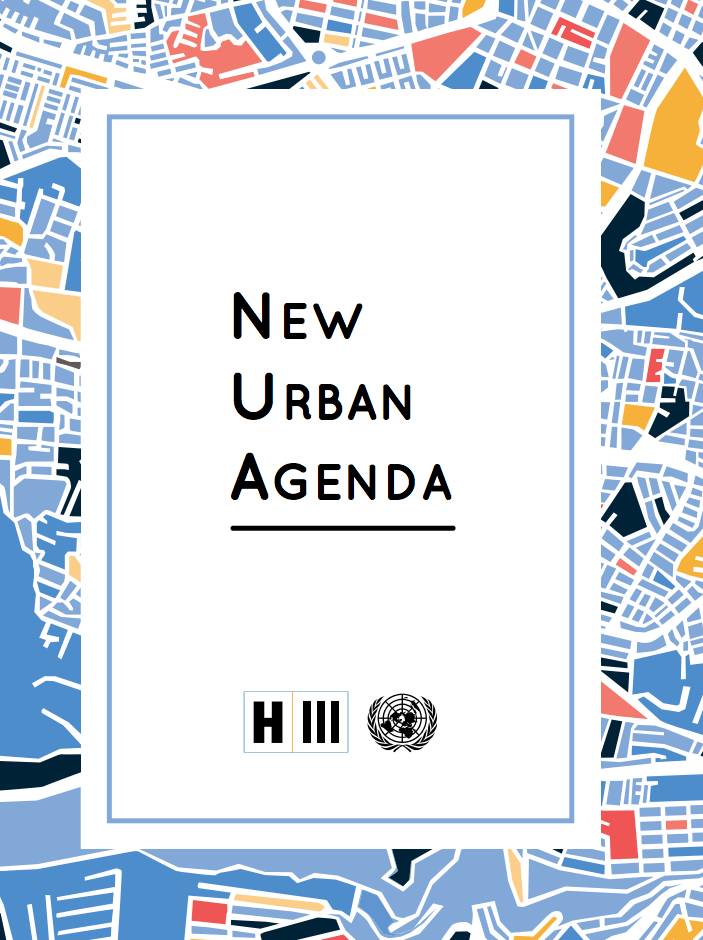Tackle tenure issues in informal settlements
Four years ago, I was part of a research team looking at access to land and basic services in informal settlements.
We conducted field interviews in Mukuru slums in Eastlands. We were amazed at the levels of development in the area. People were constructing permanent structures despite the fact that they were under the impression that informal settlements are characterised by temporary structures.
Four years later, there are ongoing discussions to address the plight of informal settlements. A fundamental starting point is to address issues of tenure security.

